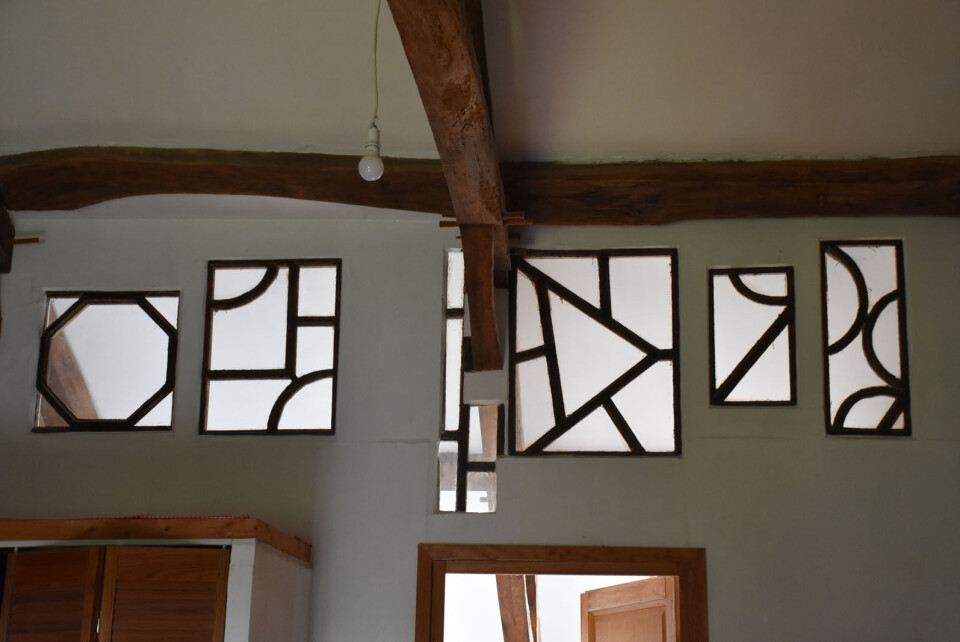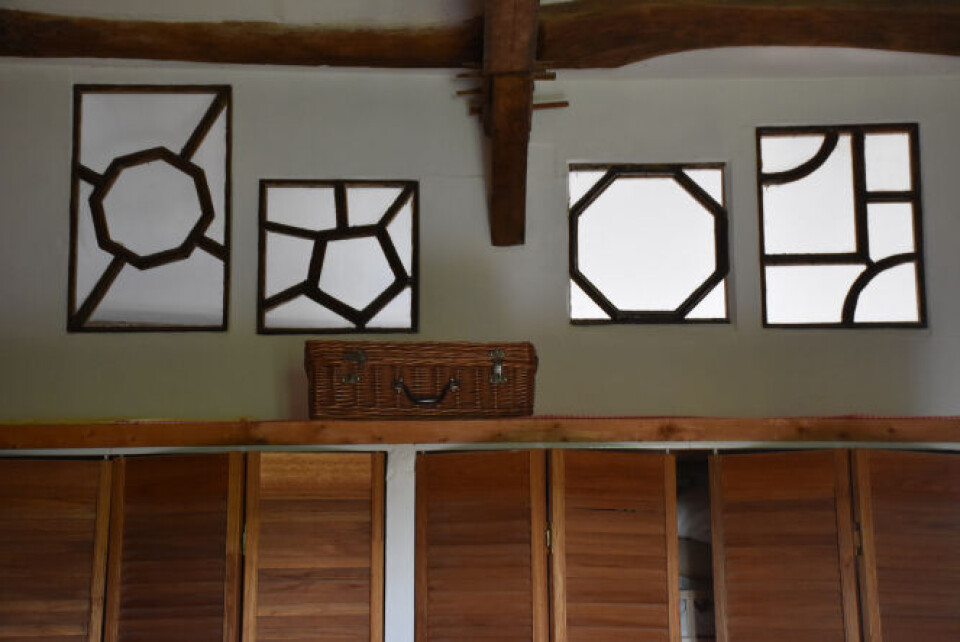-
France school holidays: 2026–27 dates confirmed
An additional day will be given in May 2027 as it falls between two public holidays
-
Home and daily life: What’s new in France in 2026
Changes include rises in cost of postage and a ban on cold calling
-
Restoring a 400-year-old French property: an Englishman's award-winning journey
How Ron Alldridge, a retired Englishman, transformed a derelict 400-year-old house in Var into an award-winning masterpiece, blending history with craftsmanship
French farmhouse renovation: Get creative with cost-effective windows
Dividing up a loft space and a lack of light calls for creative thinking at a farmhouse renovation in France

I had to divide up a large loft to create an en-suite bedroom but building the tall and rather dominating partition wall to do so gave me a problem of lack of light.
The roof windows were on one side of the partition, in the bathroom, and I needed to let light from them through into the bedroom.
My first idea was to make a stained glass window as a feature but I soon realised that if I used coloured glass, it would absorb a lot of the precious light.
Besides, I had to do the job on the cheap, preferably with materials I already had or that could be bought locally.
I would have to be creative.

I decided I would try to make an interesting-looking window using standard timber and some clear 2mm glass that I had in storage.
What had I got to lose? The window would be high up, set into the plasterboard, and no one was going to look closely at it, so it did not have to be the finest piece of carpentry.
It seemed prudent to design my window on paper to see how it would work in practice.
'In any craft job you have to be aware of the limitations of the materials and not force them to do what they cannot do'
Normal stained glass windows are assembled using thin strips of flexible lead ‘came’ that can be bent into almost any form you like.
Wood is thicker and, of course, rigid, but I could turn its nature to my advantage by making strongly geometric, vaguely Art Deco patterns.
I then cut measured lengths of inexpensive 38 x 27mm batons (ask for latte or liteau).
These needed a rebate to take the panes of glass, and I ran them carefully under the router before putting them together into rectangular frames by gluing and nailing them together at the mitred corners.
I then carefully measured pieces of the same wood to divide the inside space into geometric shapes. Some of these, of course, needed a rebate on two sides.
With the frame and tracery done, I cut the glass to size. It is not difficult, as long as you have a flat, clean surface.
You need to measure carefully, allowing for the width of the cutter. Then you make a confident, unbroken scratch from one side to the other. Line up the score with the edge of the table and give it a satisfying snap.
The panes were held in place with glazier’s points (pointes vitrier – although any short pins will do) and finished with a wedge of putty.
Looking at my handiwork, I felt the wood needed to be a shade darker to give the right effect so I gave it a coat of oak-coloured stain.
The finished window looked good when I fitted it into the aluminium frame of the partition wall but it looked small and lonely.
So I made another, varying the pattern according to whim and what wood and glass I had left over.
The second window finished, I was hooked and I made five more, my designs getting a little more daring each time.
Straight pieces were easy to make but I wanted some curves to lighten things up.
For these, I took some scraps of board and cut them down to the required 38mm width with a jigsaw before cutting the rebates in the previous way.
I had to waste a lot of wood in doing so but it was worthwhile to break up the otherwise straight lines.
My idiosyncratic apertures are not as elegant as proper, leaded glass windows but the chunky tracery actually has character in its own right.
Related stories
French farmhouse renovation: How to increase space in an old house
























